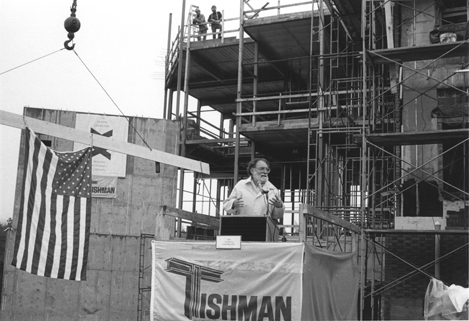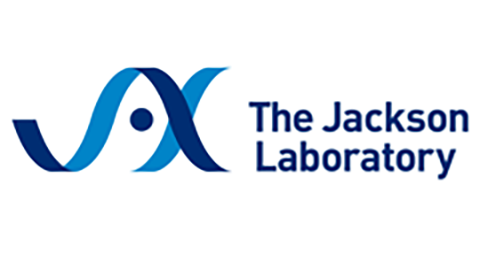
Faculty Research 1990 - 1999
Hematopoiesis and models of immunodeficiency.
Document Type
Article
Publication Date
1991
Keywords
Hematopoiesis: ge, im, Hematopoietic-Stem-Cells: im, cy, Human, Immunologic-Deficiency-Syndromes: ge, Mice, Mice-SCID, Models-Biological, Osteopetrosis: ge, Severe-Combined-Immunodeficiency: ge, Support-U, S-Gov't-P, H, S
First Page
397
Last Page
408
JAX Source
Semin Immunol 1991 Nov;3(6):397-408
Grant
CA20408, AI30389
Abstract
This review focuses on recessive mutations at three loci whose gene products play critical roles in the development and regulation of the murine immune system. These mutations are: severe combined immunodeficiency (scid), osteopetrosis (op), and motheaten (me). The scid mutation blocks differentiation of functional T and B lymphocytes and interferes with DNA repair processes in multiple cell lineages. The normal gene product at this locus performs a critical function during antigen receptor gene rearrangement as well as during repair of double stranded DNA damage. Homozygosity for op causes impaired development of osteoclasts and other macrophage lineage cells. The op mutation is within the macrophage colony stimulating factor (Csfm) structural gene. Deleterious alleles at the me locus affect lymphoid as well as myeloid cell populations, causing severe immunodeficiency accompanied by systemic autoimmune disease. Determination of the product of the wild type allele at the me locus and the mechanisms by which mutations at this locus disrupt the immune system may reveal important new immunoregulatory processes.
Recommended Citation
Shultz LD.
Hematopoiesis and models of immunodeficiency. Semin Immunol 1991 Nov;3(6):397-408

